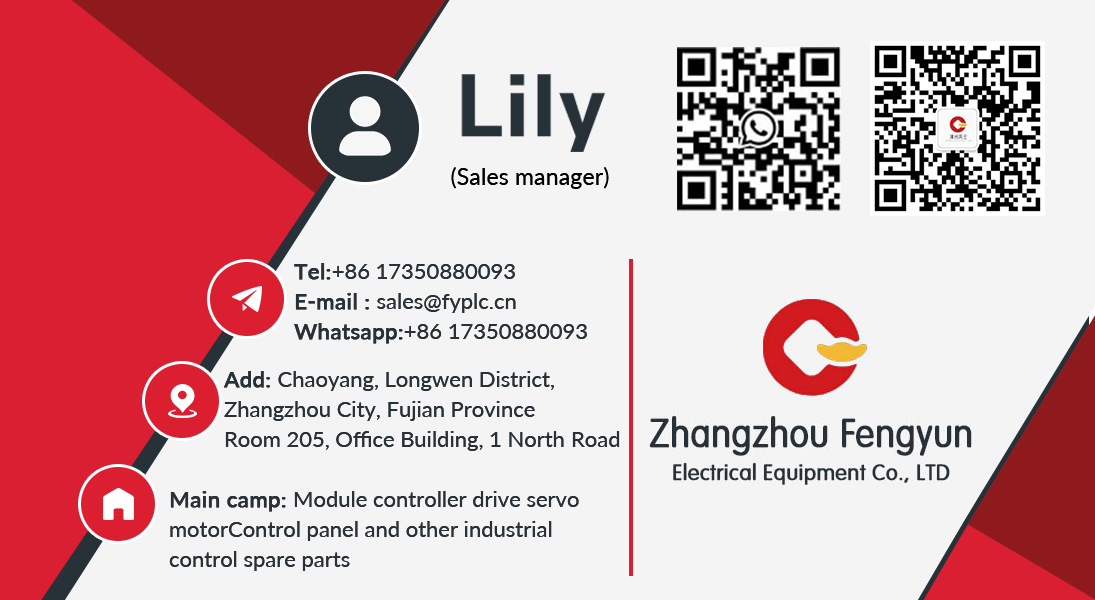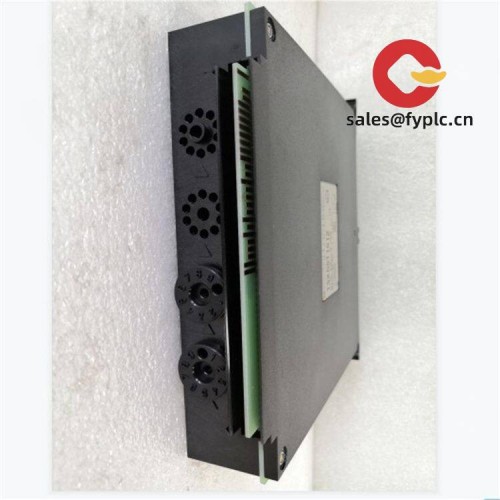Description
TRICONEX AI3351: Your Go-To Redundant Analog Input Module for Critical Processes
You’ve probably wrestled with flaky analog signals in safety-critical systems before. I’ve seen engineers lose sleep over single-point failures in burner management or emergency shutdown loops. The TRICONEX AI3351 (often mistakenly called “S2” – it’s actually the standard 8-channel variant) solves this quietly in the background. From my experience troubleshooting refinery control rooms, this module’s triple-redundant architecture isn’t just theoretical – it’s what keeps hydrogen compressors running when a sensor wire frays during a storm.
Why Field Engineers Actually Prefer This Over Standard Modules
- Triple Modular Redundancy (TMR) that works silently – Unlike cheaper dual-redundant units, it continuously cross-checks all three channels. One client told me their ammonia plant avoided a $2M downtime incident when two channels disagreed during a catalyst regeneration cycle.
- Hot-swappable without shutdown – In most cases, you can yank a faulty module while the turbine keeps spinning. I’ve watched maintenance crews do this during live operations in LNG facilities – no more scrambling for weekend outages.
- 4-20mA with built-in diagnostics – It catches broken wires or sensor drift before they trigger false trips. Typically spots issues like 3.8mA signals (indicating wire damage) that standard modules would ignore.
- Backplane communication via Tristation – No extra cables cluttering your cabinet. Seems to integrate smoother with legacy TRICON systems than newer Ethernet-dependent modules.
Real-World Specs You Can Actually Use
| Parameter | Details |
|---|---|
| Brand/Model | Schneider Electric TRICONEX AI3351 |
| HS Code | 8537.10.90 (Programmable controllers) |
| Power Requirements | 24V DC (±10%), 1.5A max per chassis slot |
| Signal Input | 8-channel 4-20mA (supports HART) |
| Operating Temp | -20°C to 60°C (no derating up to 50°C) |
| Installation | DIN rail mount (IEC 60715) in redundant TRICON chassis |
Where It Pulls Its Weight (Literally)
You’ll typically find these humming inside safety instrumented systems (SIS) where failure means catastrophe. One offshore platform operator I worked with uses them exclusively for flare stack monitoring – those 4-20mA signals from thermocouples need absolute integrity when pressure hits 15,000 psi. Chemical plants rely on them for reactor temperature trips too; the diagnostics caught a failing RTD on a nitric acid vessel last year before runaway reaction could occur. It’s overkill for a simple pump controller, but for SIL 3 applications? Non-negotiable.
The Real Value Beyond the Datasheet
Sure, the upfront cost stings compared to basic I/O modules. But when your ESD system avoids one false trip during peak production? That pays for ten modules. Procurement teams often miss how its compatibility with legacy TRICON racks saves $50k+ in gateway hardware. And the 365-day warranty isn’t just marketing fluff – I’ve seen Schneider honor replacements for modules damaged during hurricane evacuations. You’ll sleep better knowing spare parts won’t become obsolete in 3 years like some “smart” modules.
Keeping It Running Smoothly
Install it in a NEMA 4X cabinet with at least 50mm clearance on both sides – these things run hot during summer blackouts. One thing I appreciate: no routine calibration needed if your signals stay within 4-20mA range. But check terminal screws annually; vibration in compressor skids loosens them. Firmware updates? Only when Schneider pushes critical TMR sync patches (maybe twice a year). Oh, and never hot-swap during a system diagnostic test – seen that cause a 47-minute plant halt once.
Ordering Made Painless
Stock units ship in 1 week (50% advance payment). Non-stock? Max 4 weeks. Full payment required before dispatch – no exceptions for safety-critical gear. We ship via FedEx/UPS/DHL with real-time tracking. Warranty covers defects for 365 days, but not lightning strikes or coffee spills (sadly common in control rooms).






Reviews
There are no reviews yet.